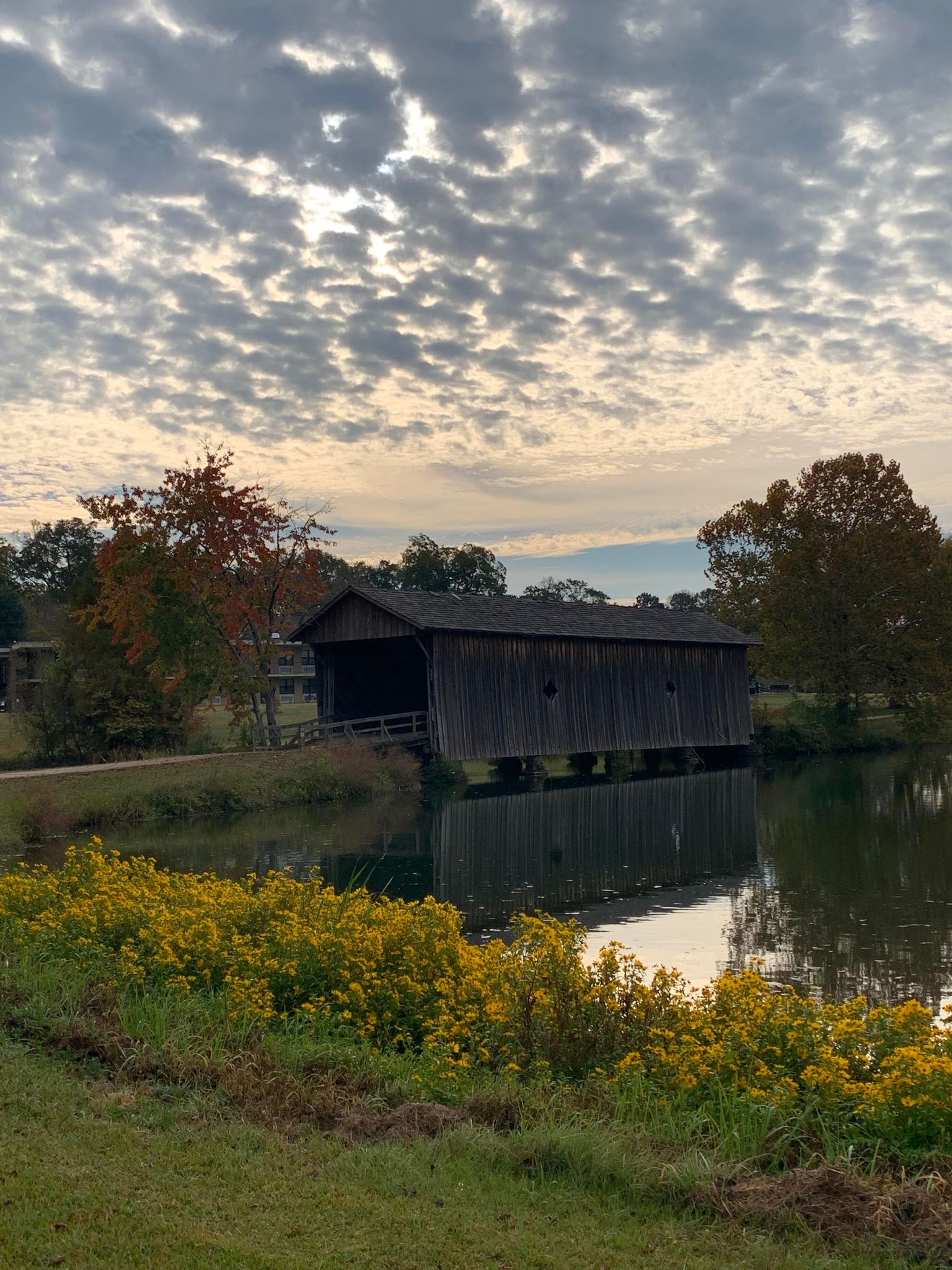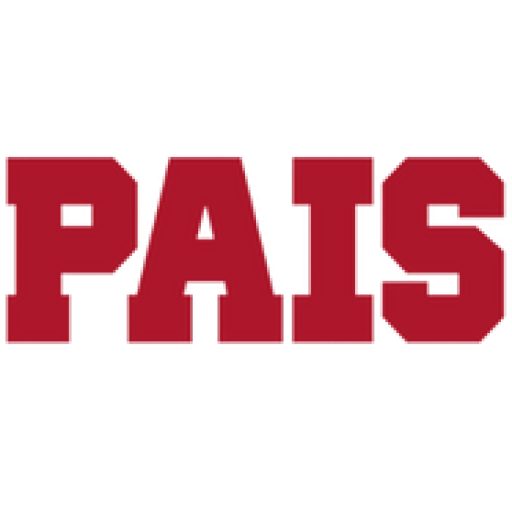Pollinator Support


What are Pollinators and how are they Important:
It is estimated that animal pollinators are needed for the reproduction of 90% of flowering plants and one-third of human food crops. This means that you can thank a pollinator for every one out of every three bites of food you take. Pollinators play a significant role in the production of over 150 food crops in the U.S. — among them apples, almonds, blueberries, cranberries, kiwis, melons, pears, plums, and squash. In the U.S., pollination produces nearly $20 billion worth of products annually. There are roughly 200,000 animal species around the world that perform as pollinators. Less than 1% of these are vertebrates (birds, bats, and other small mammals). The rest are invertebrates, including flies, beetles, butterflies, moths, wasps, and bees. Not only are they vital for the food we eat, but pollinators also enable plants to provide food and cover for wildlife, prevent erosion, and keep air and waterways clean and why it’s important we manage habitats for them.
Problems Affecting Pollinators:
- Habitat Loss: Pollinators require natural spaces with vegetation and flowering plants in which to live and forage for their food: pollen and nectar. The chief causes for pollinator habitat loss are agriculture, mining, and human development: Alternate land uses may not provide overwintering, foraging, and nesting sites for pollinators that have specific habitat needs. Concrete, cement, and metal surfaces replace vegetated areas limit habitat for ground-nesting pollinators and provide scarce opportunities for pollinator foraging. Fragmented habitat may be too small to meet pollinator survival needs.
- Non-Native Species: Pollinators require specific plants which provide nutrition and habitat to larval (immature stages) and adults pollinators. Native plants or wildflowers needed by pollinators may be outcompeted by non-native species. Non-native plants may attract pollinators away from native species that are more nutritious and better food sources. Non-native species of pollinators may compete with native pollinators for pollen and nectar.
- Pesticides: They are tools used to kill pest plants, insects, fungi, other pests. They include herbicides, insecticides, and fungicides. Pesticides can adversely affect pollinators directly or some types of pesticides may remain in the environment for an extended time and affect multiple generations of pollinators. Insecticides applied to plant seeds may, when the plant is mature, contaminate pollen grains that are food sources for pollinators. Insecticides that don’t directly kill may hamper the ability of pollinators to navigate or forage. Herbicides may kill important forage plants for pollinators.
- Climate Change: Flowering plants may occur farther north or at higher elevations as a response to warming temperatures and may become out of sync with their pollinators. The types and distributions of pollinators may change; pollinators adapted to warmer temperatures may expand their northward range, displacing other pollinators.
Parasites and Diseases: Key parasites and diseases affecting honeybees include Varroa mites, Hive Beetle, and Colony Collapse Disorder. There is more extensive transfer of parasites and diseases due to rapid travel and commerce. Non – native parasites and diseases infect native species.
BMPs for Pollinator Habitat/Support:
Key considerations for conserving pollinator habitat:
- Determining the quality of foraging habitat
- Identifying important pollinator nesting, reproduction, and overwintering sites
- Identifying and removing invasive species to improve pollinator habitat
- Identifying, collecting, and using local, genetically appropriate native seeds
- Implementing adaptive management
- Engaging and informing the public
Additional Information
Pollinators, particularly honeybees, play a critical role in maintaining the health and stability of ecosystems, agricultural productivity, and global food security. Their importance extends far beyond the production of honey and other bee products; they are essential for the reproduction of many flowering plants, which make up a significant portion of the world’s food crops.
If you would like to establish your own honeybee hive or pollinator garden on your property, please initiate process by completing PAIS Survey.
Address
Math and Science Building
University of West Alabama
Livingston, AL 35470
Call Us
Drew Busby: (205) 652-4559
Aubree Plymale: (205) 652-3840
Drew Busby: dbusby@uwa.edu
Aubree Plymale: plymalea@uwa.edu
